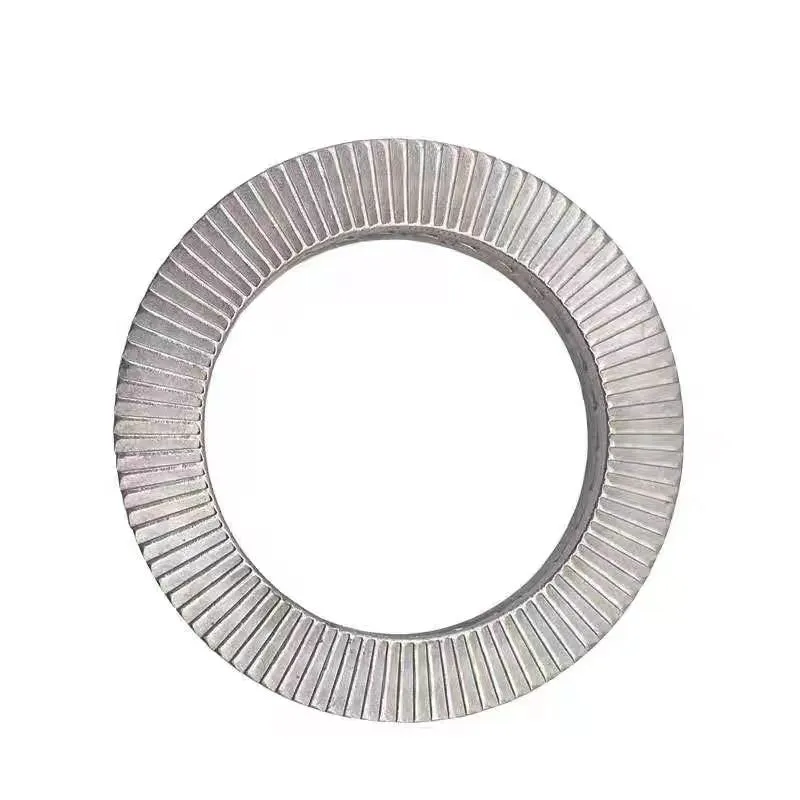

Essential Hardware for Securing Solar Panels with Optimal Durability and Performance
Dec . 24, 2024 11:50 Back to list
Essential Hardware for Securing Solar Panels with Optimal Durability and Performance
The Importance of Solar Panel Mounting Hardware
In the growing world of renewable energy, solar power stands out as one of the most promising and accessible solutions for sustainable electricity generation. As the demand for solar energy increases, so does the need for effective and reliable solar panel mounting hardware. This essential component ensures that solar panels are securely fastened in place, maximizing their efficiency and longevity while also minimizing the risk of damage from environmental factors.
Understanding Solar Panel Mounting Hardware
Solar panel mounting hardware encompasses a variety of components that are necessary for the installation of solar panels. This includes mounting brackets, rails, hooks, and other fixtures that help to attach the solar modules to a structure or the ground. The choice of mounting hardware is critical, as it affects not only the stability of the solar panels but also their orientation and angle, which in turn influence their energy capture.
Types of Mounting Systems
There are several types of solar panel mounting systems available, each designed to meet specific installation needs
1. Roof-Mounted Systems These are the most common mounting solutions and are installed directly on rooftops. They are advantageous because they make efficient use of existing structures and minimize land use. Roof-mounted systems can be further divided into fixed and adjustable mounts. Fixed mounts are typically simpler and less expensive, whereas adjustable mounts allow for orientation adjustments that can improve energy capture throughout the year.
2. Ground-Mounted Systems Ideal for locations with ample land space, ground-mounted systems are installed directly onto the ground. They are advantageous for large-scale solar farms where maximizing solar capture is essential. Ground mounts provide flexibility in installation angles and are often easier to maintain compared to roof-mounted systems.
3. Pole-Mounted Systems These setups involve mounting solar panels on a pole, which elevates them above the ground. This type of installation is useful in areas where ground space is limited or where panels need to avoid shading from nearby structures or trees.
solar panel mounting hardware

4. Tracking Systems These advanced mounts move the solar panels as the sun travels across the sky, optimizing the solar capture throughout the day. While more expensive, tracking systems can significantly increase the energy efficiency of solar panels, making them a worthwhile investment in large-scale solar projects.
Choosing the Right Mounting Hardware
When selecting solar panel mounting hardware, several factors must be considered
- Material Quality High-quality materials such as aluminum or stainless steel are preferable, as they are resistant to corrosion and provide long-term durability against harsh weather conditions.
- Wind and Snow Load Ratings It is essential to choose mounting hardware that can withstand local environmental conditions, particularly in regions that experience high winds or heavy snowfall.
- Compatibility Ensure that the mounting hardware chosen is compatible with the specific type of solar panels being installed. Different panel sizes and designs may require specific mounting solutions.
- Installation Requirements Some mounting systems may require professional installation, particularly those involving complex tracking mechanisms. Consider the ease of installation when making a decision.
Conclusion
In conclusion, solar panel mounting hardware is a critical component in the successful implementation of solar energy systems. Selecting the right type of mounting system not only ensures the durability and efficiency of solar panels but also enhances the overall performance of solar energy installations. As more individuals and businesses turn to solar energy as a viable alternative, the importance of reliable and efficient mounting solutions will continue to grow, paving the way for a more sustainable future.
Latest news
-
High-Strength Hot Dip Galvanized Bolts - Hebei Longze | Corrosion Resistance, Customization
NewsJul.30,2025
-
Hot Dip Galvanized Bolts-Hebei Longze|Corrosion Resistance&High Strength
NewsJul.30,2025
-
High-Strength Hot-Dip Galvanized Bolts-Hebei Longze|Corrosion Resistance&High Strength
NewsJul.30,2025
-
Hot Dip Galvanized Bolts-Hebei Longze|Corrosion Resistance&High Strength
NewsJul.30,2025
-
Hot Dip Galvanized Bolts - Hebei Longze | Corrosion Resistance, High Strength
NewsJul.30,2025
-
High-Strength Hot Dip Galvanized Bolts-Hebei Longze|Corrosion Resistance, Grade 8.8
NewsJul.30,2025

